Bass – Mids – Treble
Some reviewers label the RE2000 as v-shaped but I wouldn’t go that far. The reality is that bass in these IEM will be present all the time and on top of that it has a more than neutral amount of treble. In order to get a v-shaped signature either the mids would have to be recessed or the treble would have to be boosted and I can’t find either when listening to the RE2000. The mids are also full bodied and the treble is perfectly in line with the mids section.
So while the bass is very pleasant at all times, it has great detail, impact, goes deap and is lovely layered. This is quality bass, it’s just that it might be a bit much if you’re not in to bass. The RE800’s bass is much lighter and pops up when needed. The mid-section also has this top level detail, with great dynamics and very good layering. As said it’s full bodied and slightly smooth/warm, but that makes it easy to listen to. It’s enjoyable while it still has everything you expect of a high end monitor in this class, and that’s what makes this IEM so special.
The treble section comes over softer as that of the RE800, which we found edgy on some occasions, but the RE2000 doesn’t do such thing. Treble is textured, spacious, layered and extended but it isn’t the liveliest as the treble also has the smooth delivery the bass and mids have.
The combination of bass, mids and treble just works, think quality and musicality and that in a perfect blend. As said, if you’re not into bass, you might find it a little too present. Same for treble: if you’re a treble lover, you might find the RE2000’s treble presentation a bit soft.
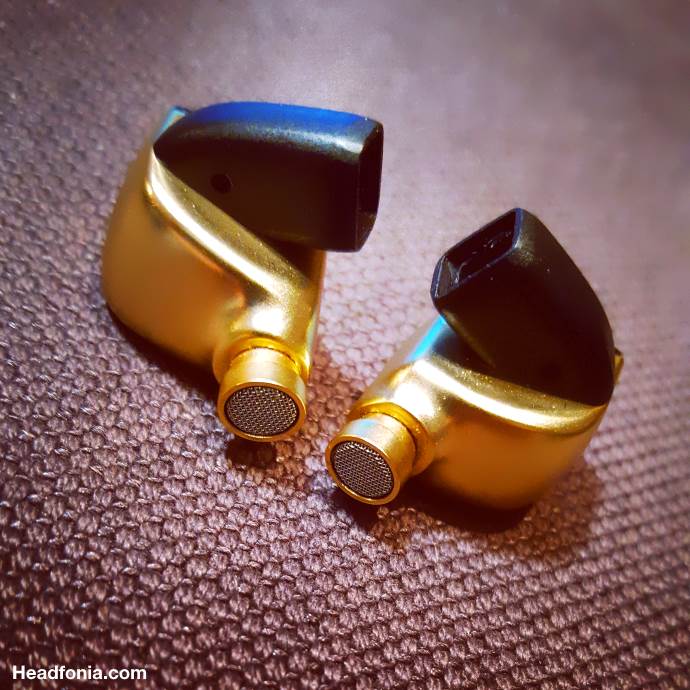
For me personally
While the RE2000 undeniably is a strong IEM, I personally prefer listening to the RE800 because of its lighter bass presence and more expressive treble. I do think I’m in the minority here as most people will obviously prefer the smooth delivery of the high quality sound of the RE2000. Comfort wise, for my ears, the RE800 is also the most enjoyable one, but again that might be completely different for you.
I do have to admit the RE2000 is the best performing IEM of both and it certainly deserves it flagship status. The RE800 simply fits more with my preference, especially for longer listening periods.
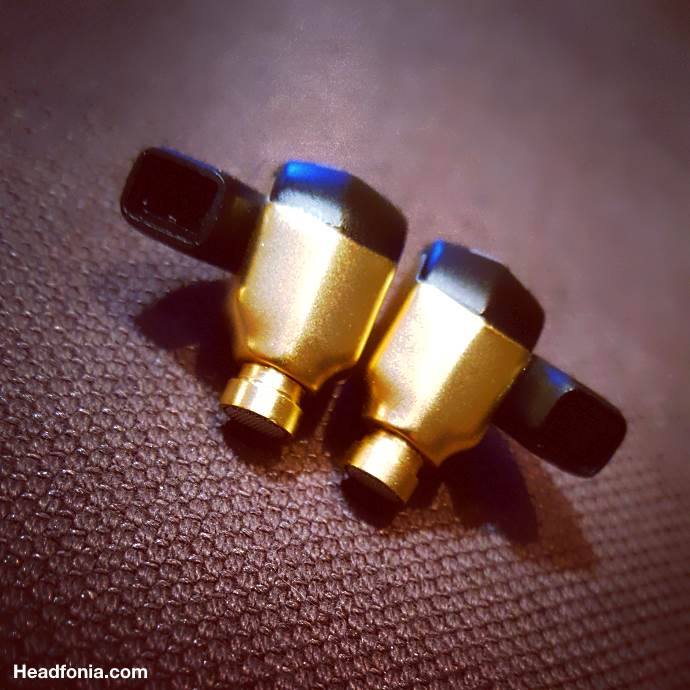
Sources
Like the RE800, the RE2000 doesn’t really need an amp to sound good but the RE2000 will scale up nicely. I do find the RE2000 a bit easier to drive compared to the RE800 where the volume has to go up more to reach the same listening volume.
Because of the warmer character and the smooth, rich delivery of the RE2000, I do suggest using a clear and clean sounding source that doesn’t add any warmth or bass presence. Think clarity, precision, detail and detail to get the very best out of your RE2000. For me personally that means using it with the Astell&Kern SP1000 or AK380 or the Cayin N5ii. They all have a more neutral tuning with lots of detail, clarity and great dynamics.
Sources like the Fiio X3iii and AK70 delivered a signature that was too smooth and warm for me, but you just might like exactly that.
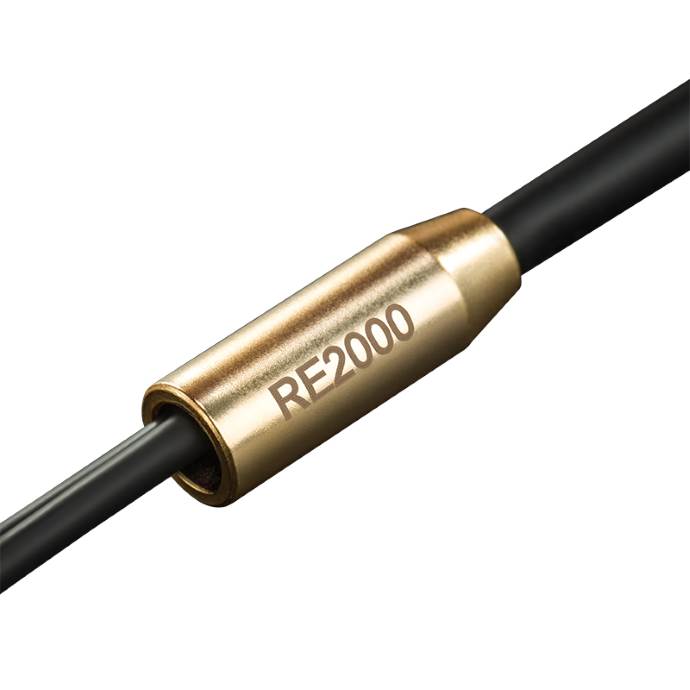
Amplification
As said, the RE2000 isn’t the hardest IEM to drive but it will perform remarkably better when used with a good dac and amp. At home it performed extremely well from my tube and solid state amps but as most of you will be using this on the go or at the office, it’s probably more interesting to stick to and talk about portable gear.
At this price level that means you’ll probably be using it in combination with your Hugo or Mojo and I couldn’t recommend anything better. The Mojo delivers the detail, dynamics and speed to bring the best out of the RE2000. The Hugo 2 does so even more and it’s the setup I used most of the time when listening to the RE2000. I do find the Hugo 2 more suited than the original Hugo, as that last one has a slower and smoother tonality. The layering with the original Hugo is really nice though.
Ever since Mr. Lehmann handed me the Drachenfels amplifier – which I smuggled it in to my day job office – I have been that as a dedicates amplifier for the RE2000 with the Hugo 2 as source and I couldn’t ask for anything more. The Drachenfels drives it with authority, keeping everything perfectly in control and elevating the RE2000 to its best performance. If you get a try to listen to this setup, sign up immediately
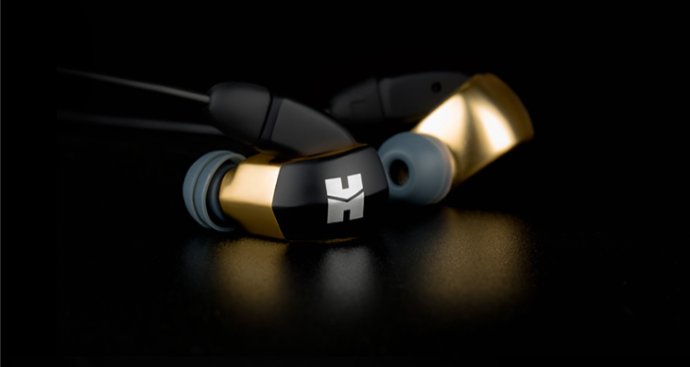
Comparisons
It’s not easy comparing a universal fit, single driver, $2000 USD IEM to other IEMs if you mostly own custom inear monitors with multiple BA-drivers. Unfortunately I don’t own the extremely good Beyerdynamic Xelento or Sennheiser IE800S to compare Hifiman’s reference IEM with.
Nathan on the other hand has and he had the following to say about the RE2000’s tuning and how it compares to some competitors:
The RE2000’s bass isn’t exactly even Stephen, but it’s pretty close to flat against the mids, and has really good forward-edge contrast. Under that forward edge is full, weighty, and a tad warm. That edge fuzzes neither over nor in as it hits the mids. It’s not quite as sharp-edged as that from the RE800.
The RE2000’s mids approach what I’ll call Earsonics-SM3-neutral. Like their bass, they edge warmth whilst completely dekeing out heat. Strings’s forward and rear edges thrum on quick-attack, quick-decay warmth. There’s plenty of room in there for strings and vocals to hash it out in their own spaces. Mids go wide with really good instrument separation. Like the RE800, this midrange is better filled than Beyerdynamic’s Xelento and is more natural transitions to and fro forward bass lines.
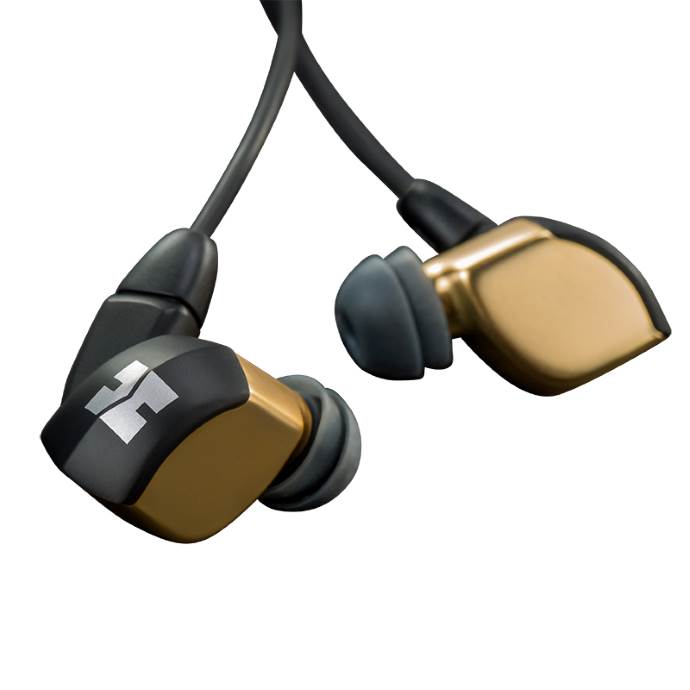
The RE2000’s upper vocals, strings, and percussion show less reverb than the RE800. Less reverb, but a bit of gauze. That layer of gauze that keeps the crackingest edges from the upper midrange whilst keeping generally high sound pressure through vocals, strings, and lower percussion. Here, it reminds me of the Astell & Kern AKT8iE MKII– and that is a good thing.
The RE2000 and AKT8iE MKII are similarly warm, but here and there the AKT8iE MKII gets a bit more grainy. Both are warmer than Xelento. While not as stereo and instrument layered as the Campfire Andromeda, RE2000 sounds a lot like a hybrid of Andromeda and the AKT8iE MKII with a bit of Grado GR10 bite thrown in for good measure. It is well frequency-balanced and free from fall offs from end to end. It appears tuned for a listener who freely transitions from hard electronic to jazz, classical, stage rock, and everything else. It’s neither soft nor rolled off nor feather edged enough to make smooth out bathroom-style recordings. But it won’t put them through a nasty EQ.
Also, I compared the RE2000 to the RE800 just two weeks ago, so don’t forget reading the comparison between both there as well.
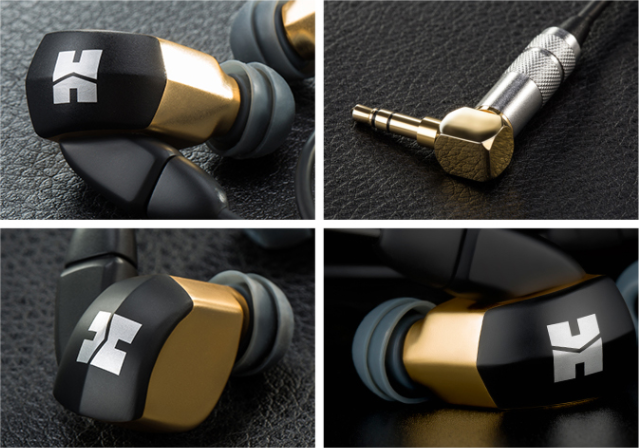
Conclusion
It took Hifiman a few years to develop the RE2000 but they have delivered a universal monitor worthy of the “flagship” status.
The RE2000 is easy to like and love and that’s exactly what most people will do even after a very short time listening to these. Musicality and richness are the top characteristics to remember and if you’re in to a warm and smooth delivery with a slightly elevated bass presence, then this is the perfect flagship for you.
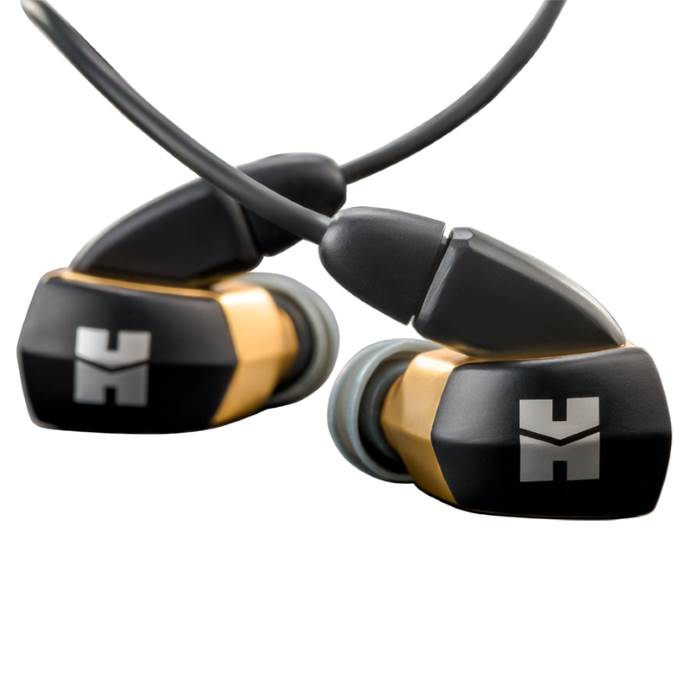





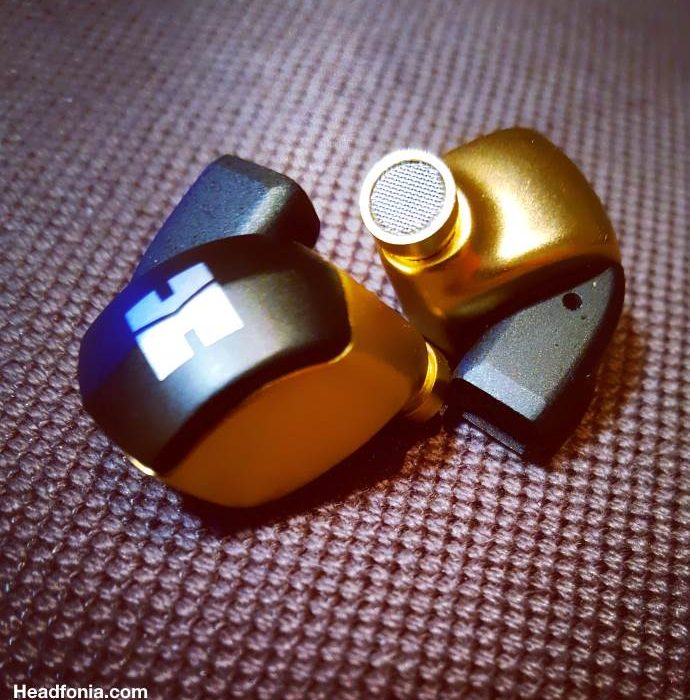
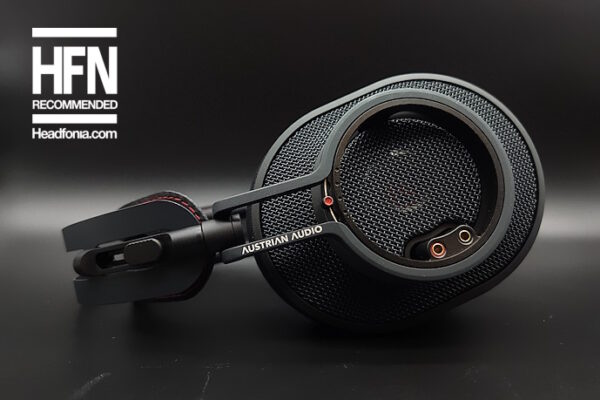

Niel
Hey, there would you be able to compare the sound between the re2000 and fitear togo 334 if you have listened to both, which would work for a large variety of music, thanks